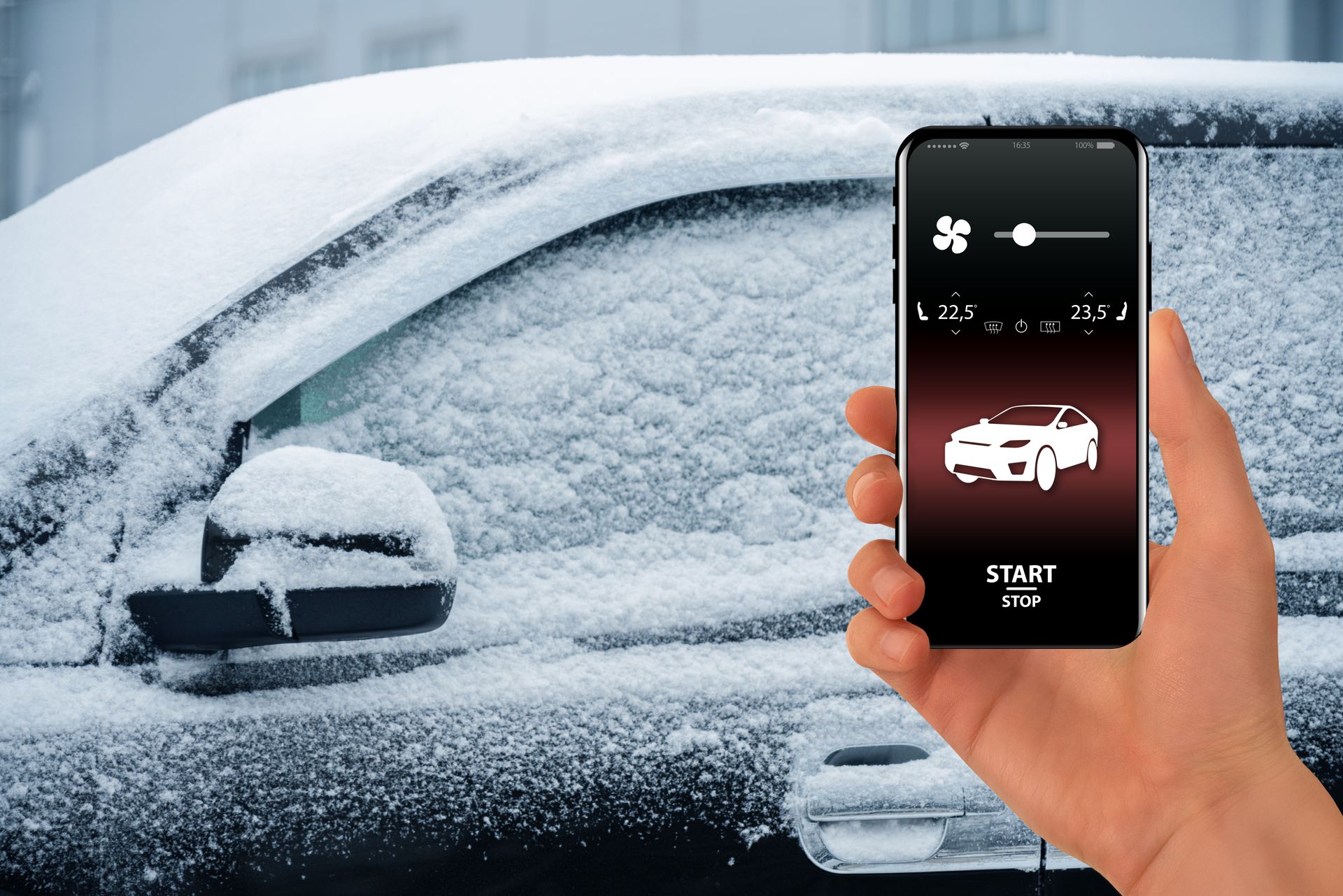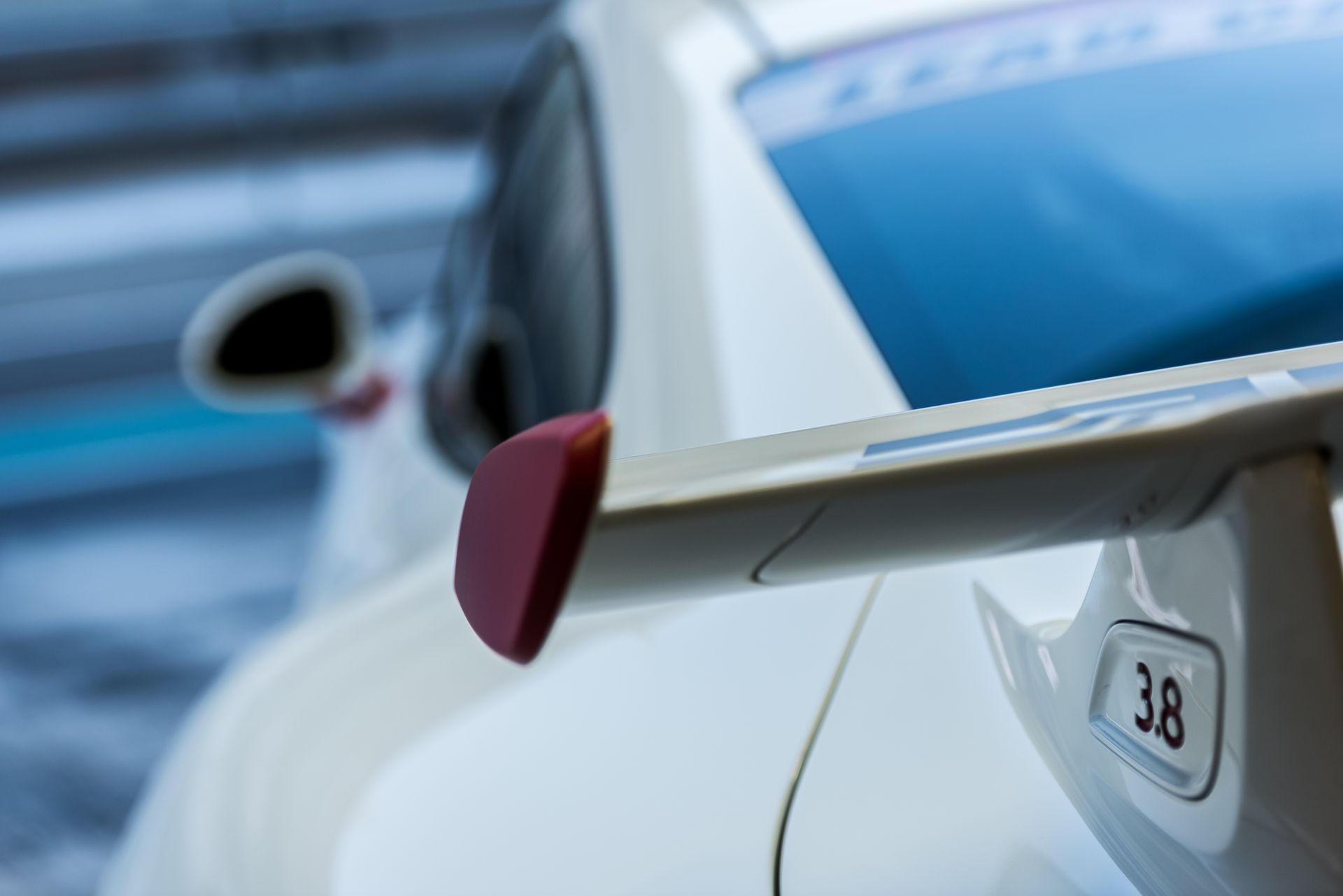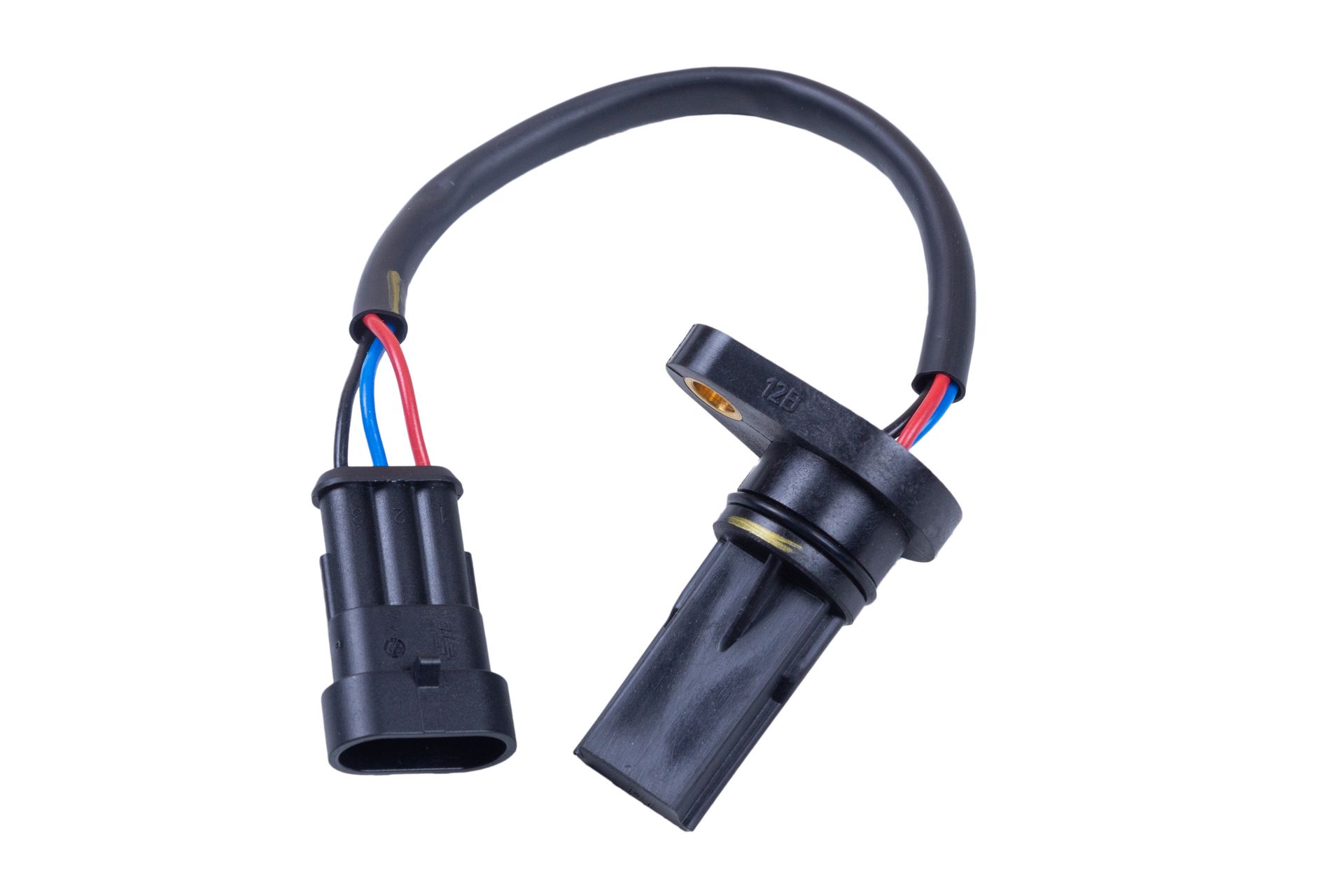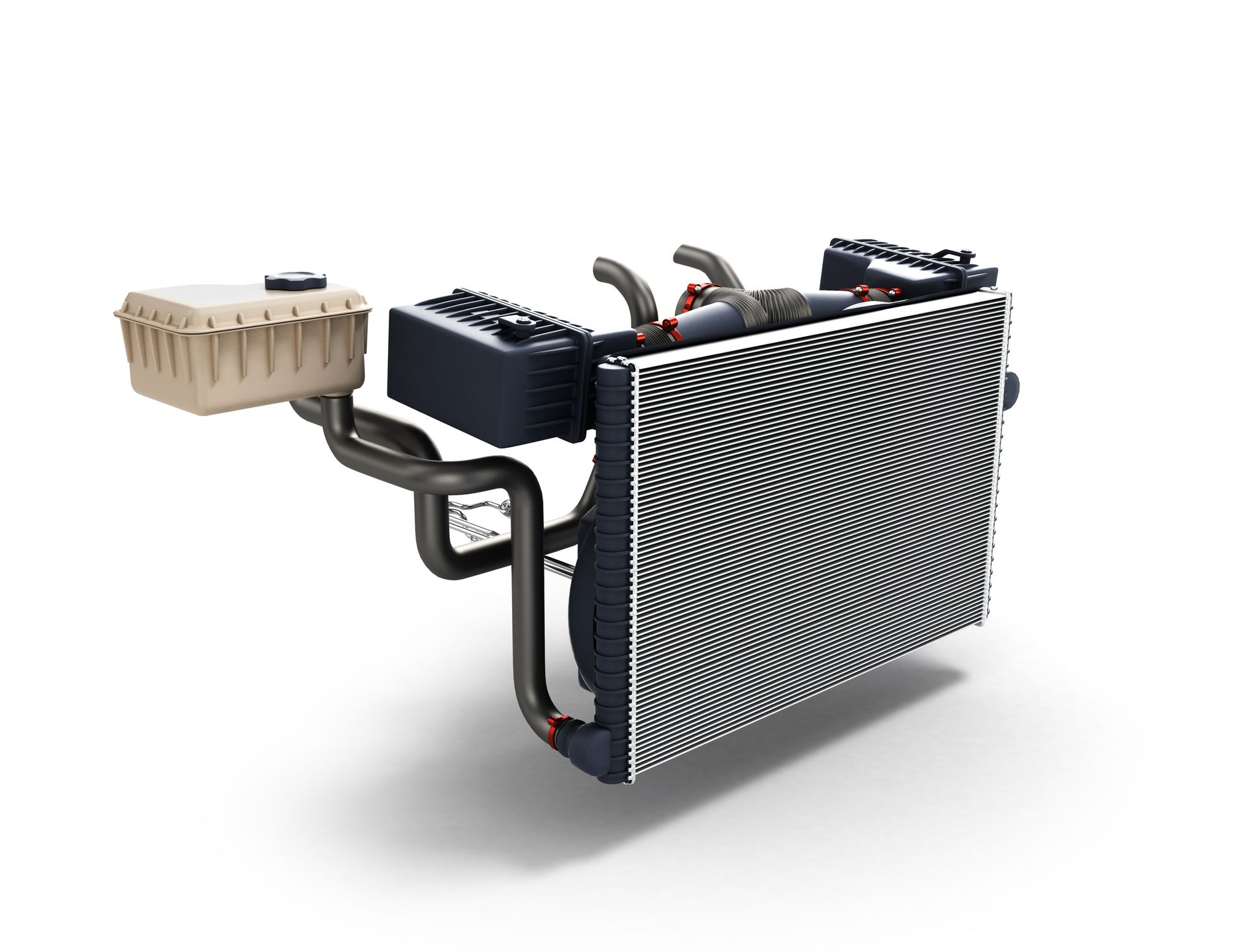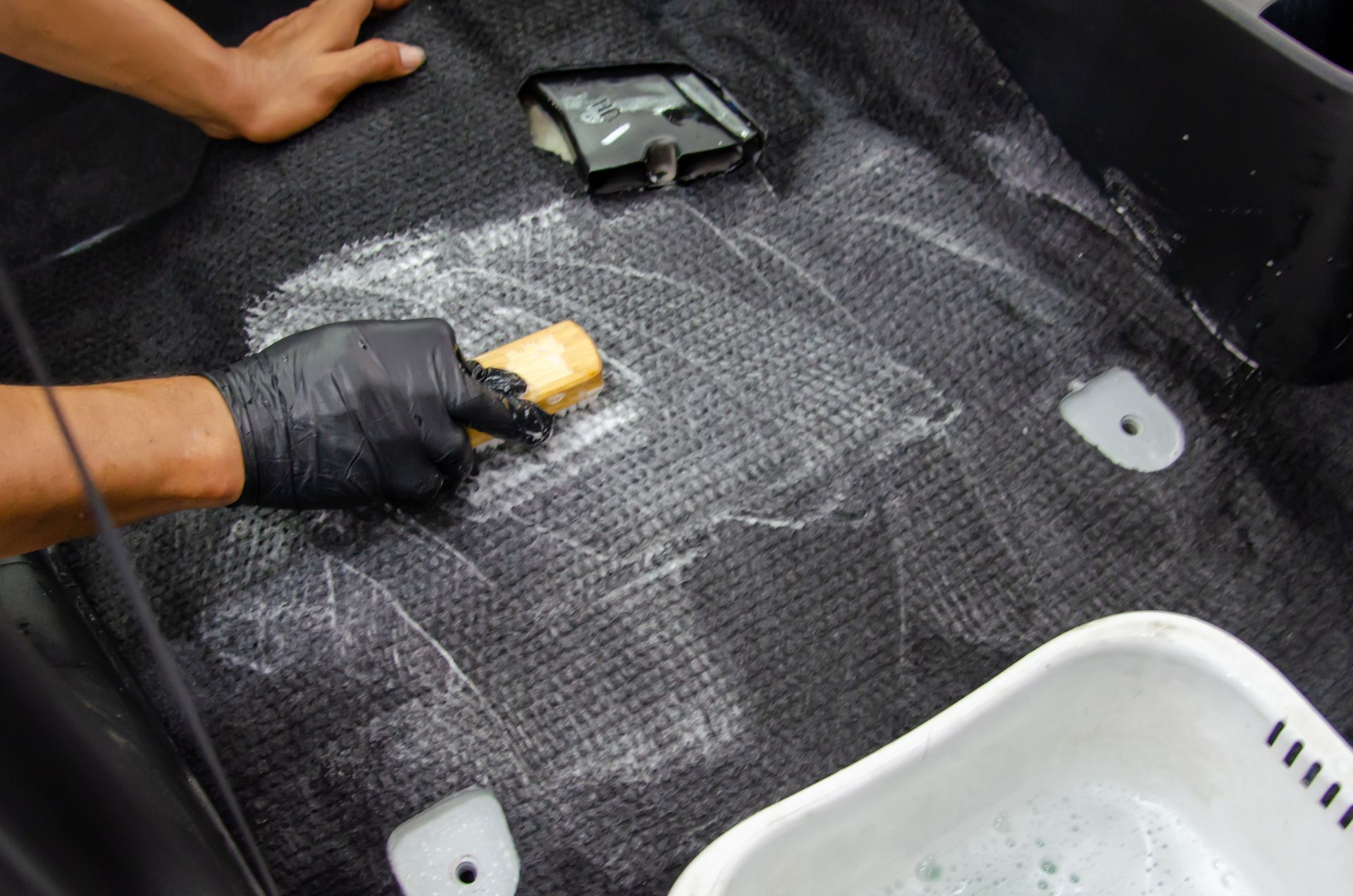Cars talk to us in more ways than we realize. While warning lights and gauges are useful, sometimes the first sign that something’s wrong is a strange sound. If your vehicle suddenly starts making an unusual noise—especially one that’s new or persistent—it’s your cue to pay attention. These sounds often point to problems that, if left unchecked, can grow into major repairs or safety risks.
Here are six car noises you should never ignore and what they might mean for your vehicle’s health.
1. Screeching or Squealing When Braking
That high-pitched screech when you hit the brakes is more than just irritating—it’s usually a built-in warning. Most brake pads have wear indicators that start to squeal when the pad material is low. It’s a sign that you should replace them soon.
If the noise becomes a grinding sound, the brake pad has likely worn down to the metal, and now it’s damaging the rotor. At that point, you're not just dealing with worn pads—you’re also facing a more expensive repair.
2. Knocking From Under the Hood
A rhythmic knocking or tapping noise coming from your engine can be serious. Often, it’s caused by poor lubrication—usually due to low oil, old oil, or a failing oil pump. When engine components like rods or valves aren’t lubricated properly, metal starts hitting metal.
Ignoring engine knock can result in permanent damage. If you hear this sound, check your oil level immediately and have the engine inspected to avoid internal wear or failure.
3. Clicking While Turning
If you hear a clicking or popping sound when turning—especially at low speeds—it could point to a worn CV joint or axle. Constant velocity joints allow your wheels to turn while still receiving power from the drivetrain. When the protective boot on the joint breaks or cracks, it lets dirt in and grease out, leading to wear.
This is a common issue in front-wheel-drive vehicles, and catching it early can save you from needing a complete axle replacement.
4. Hissing From the Engine Bay
A hissing sound coming from under the hood often means something is leaking. It could be coolant, a vacuum leak, or even refrigerant from the A/C system. If the noise continues after you turn the engine off, it might be coolant dripping onto a hot engine part, which could eventually lead to overheating.
Vacuum leaks, on the other hand, can lead to rough idling, stalling, and poor fuel economy. In both cases, quick diagnosis is key.
5. Whining That Changes With Speed
A high-pitched whine that rises and falls with your speed often points to transmission or power steering issues. If the noise happens while accelerating or decelerating, the problem may be inside the transmission—worn gears, low fluid, or a failing bearing.
If it occurs more when turning, it could be the power steering pump or a low fluid level in that system. These are both systems where early intervention can prevent major repairs, so don’t wait too long to get it checked.
6. Rattling From Beneath the Car
A loose heat shield, broken exhaust hanger, or even worn suspension components can cause rattling sounds under the car, especially when driving over bumps or at low speeds. While this may not always be urgent, it should be addressed before it worsens.
In some cases, what sounds like a small rattle could be a sign of a damaged catalytic converter or failing suspension part, which can affect safety and emissions performance.
Act on The First Sign of Trouble
While some noises can be harmless (like normal engine ticking during a cold start), anything new, persistent, or getting louder over time should be checked out. The more familiar you are with how your car normally sounds, the quicker you’ll notice when something isn’t right.
If a sound is accompanied by changes in how the vehicle drives—like reduced power, poor handling, or warning lights—it’s likely more than just a noise issue.
Silvhorn Automotive – Expert Diagnostics in Pemberton, BC
Strange noises never fix themselves. If your vehicle is making sounds that have you worried, bring it to
Silvhorn Automotive in Pemberton, BC. Our team will track down the cause, explain what’s happening, and make the right repair to keep your vehicle safe and quiet.

